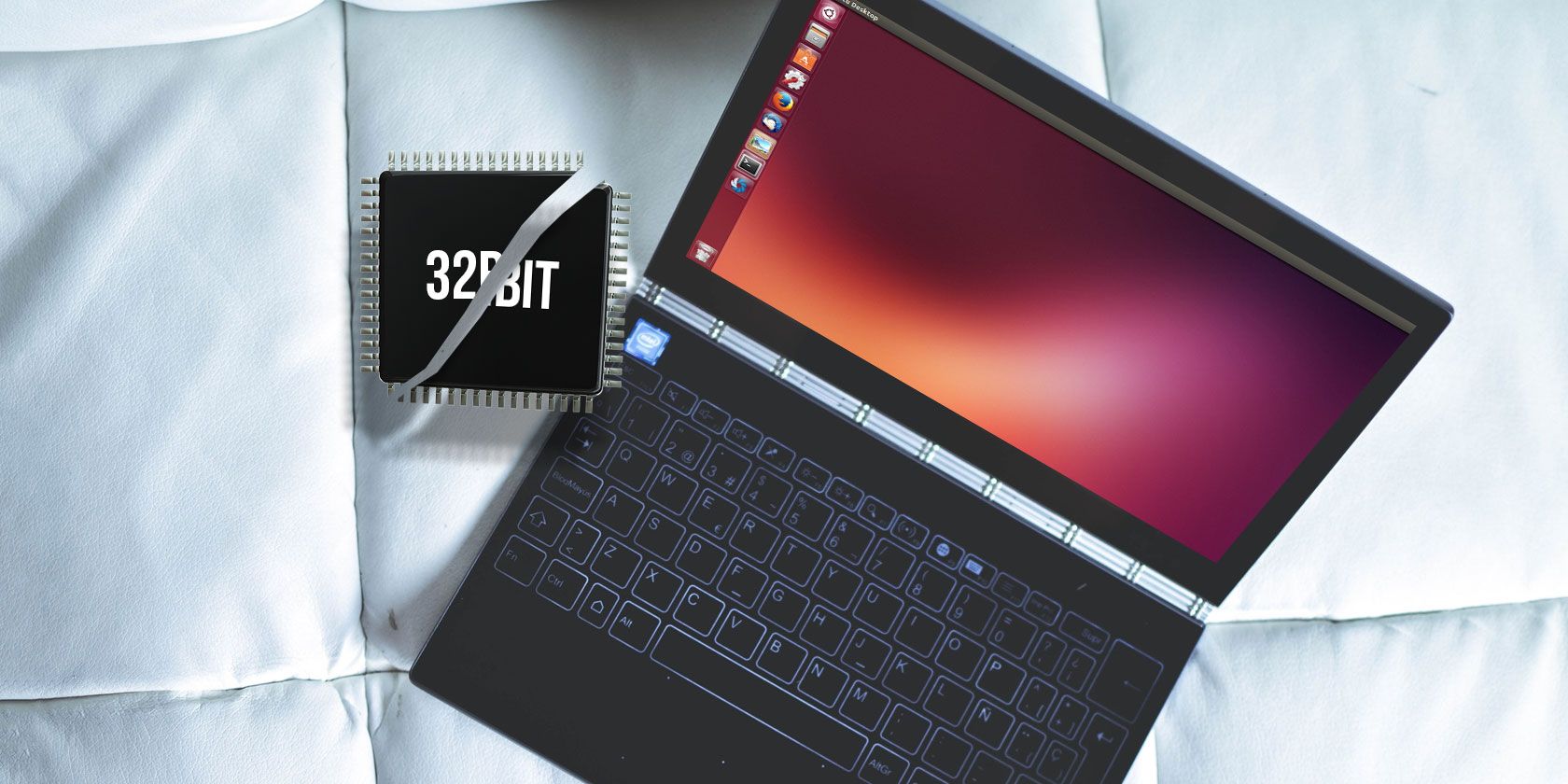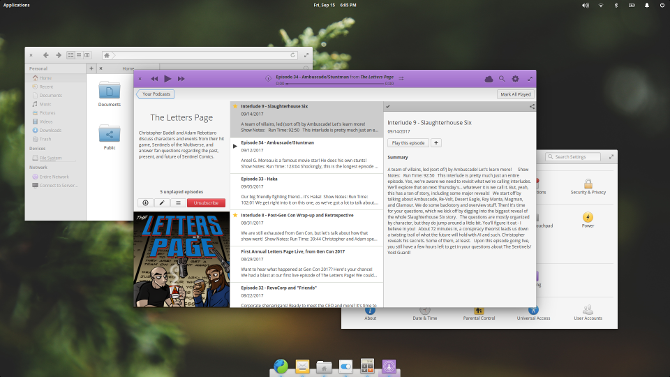Out with the old and in with the new. That's the story behind the transition from 32-bit to 64-bit Linux distributions.
This is a move that has been happening for quite some time. Like any shift, it's one that's painless for some and a big headache for others. If you haven't had to deal with this issue yet, there's a good chance you will soon.
What's the Difference Between 32-Bit and 64-Bit?
When talking about personal computers, whether your machine's architecture is 32-bit or 64-bit depends on the central processing unit (or CPU). Some CPUs can go even higher (even up to 512-bit), but most personal computers are either 32 or 64-bit.
64-bit computers are exponentially more powerful than their 32-bit counterparts. A 32-bit machine can handle 232 bits of data, while a 64-bit machine can handle 264 bits of data.
This may not seem like that big of a difference, but wait until you crunch those numbers out on a calculator. The 32-bit architecture can support 4,294,967,296 bytes (around 4 gigabytes), while the 64-bit architecture can support 18,446,744,073,709,551,616 bytes (around 18 billion gigabytes).
64-bit personal computers became available a few years into the new millennium. If you are about to buy a new computer, or you bought one in recent years, then chances are you have a 64-bit machine. Your computer's amount of random access memory (RAM) is one indicator. 32-bit machines can't handle more than 4GB. If your laptop has 8GB, then it's 64-bit.
Why Linux Distros Come in 32-Bit and 64-Bit Versions
Software has to know how to communicate with hardware in order to take advantage of this difference. So while a 32-bit version of an operating system can run on a 64-bit PC, it cannot utilize all the extra power. On the other hand, a 64-bit version of an operating system can't run on a 32-bit PC at all.
While most new PCs come with 64-bit architecture, Linux isn't only used on modern hardware. Many people use Linux to breathe life back into older machines. For that reason, many distributions provide both 32-bit and 64-bit versions for download.
This isn't a situation unique to Linux. Windows also comes in 32-bit and 64-bit versions---even Windows 10! Microsoft wants its desktop to run on older or underpowered hardware.
Why 32-Bit Versions of Linux Are Disappearing
Ubuntu, the most popular version of Linux for desktops, stopped releasing 32-bit versions in 2017. A year later, variants like Ubuntu MATE, Ubuntu Budgie, and Kubuntu followed suit. openSUSE Leap doesn't do 32-bit versions either.
elementary OS did not make a 32-bit version available with the release of Loki in 2016. A newer Linux distro called Solus never offered a 32-bit version. Arch Linux recently stopped supporting 32-bit versions (but there are many reasons to keep using Arch Linux).
Why? 32-bit architecture is increasingly rare. Whether due to a need for higher specs or due to hardware failure, many people have replaced older machines. When distributions announce plans to drop 32-bit support, relatively few (if any) people complain.
Linux distributions have limited resources. 32-bit versions need someone to maintain and test them. At the same time, teams often target other hardware architecture, such as ARM. With 32-bit images getting fewer downloads, it becomes harder to justify making that effort.
Again, the gradual shift from 32-bit software is not unique to Linux. Mac OS X 10.6, released in 2009, was the last version of Apple's desktop operating system to run on 32-bit hardware. In macOS 10.13, Apple began phasing out support for 32-bit apps. The company no longer accepts new 32-bit apps in its Mac App Store.
What About 32-Bit Linux Apps?
Desktop software has also begun to move on, with some app developers ending support for 32-bit architecture. Google, for example, no longer releases a 32-bit version of Chrome for Linux. Other companies have started to release only 64-bit versions of their apps.
Keeping some 32-bit versions of Linux software patched can be a struggle. This is one of the more important security concerns on Linux desktops.
Ultimately, an operating system isn't very useful if enough of the apps you want aren't compatible. A fair amount of Linux software still runs on 32-bit hardware, but that may not be the case for much longer.
Is 32-Bit Support on Linux Over?
Not yet.
In Ubuntu's case, you can still use 32-bit hardware if you install version 16.04 (a long-term support release) and upgrade from there. 16.04 is officially supported until 2021. You will continue to receive software updates for as long as the Ubuntu team continues to maintain 32-bit versions of apps and packages.
Many other distros still provide 32-bit versions for you to download. Debian, the distro Ubuntu is based on, still provides a 32-bit option. There are also many Linux distros that specifically target older hardware, which includes making 32-bit support more of a priority.
And even long after most major Linux distros have decided to 32-bit hardware behind, you can expect there to be a niche distro out there for relatively ancient devices. That's simply how the Linux world works.
That Said, It May Be Time to Move On
Linux isn't forcing you to give up your 32-bit apps, but some of the more modern distros are making that effort. If you want the newest experience open source desktops have to offer, you may soon want to retire an aging PC.
I know this may be frustrating if you switched to Linux just to keep your aging PC alive forever. But even if you're not particularly concerned about the latest features, you may increasingly encounter bugs or other frustrations that stem from lack of support.



